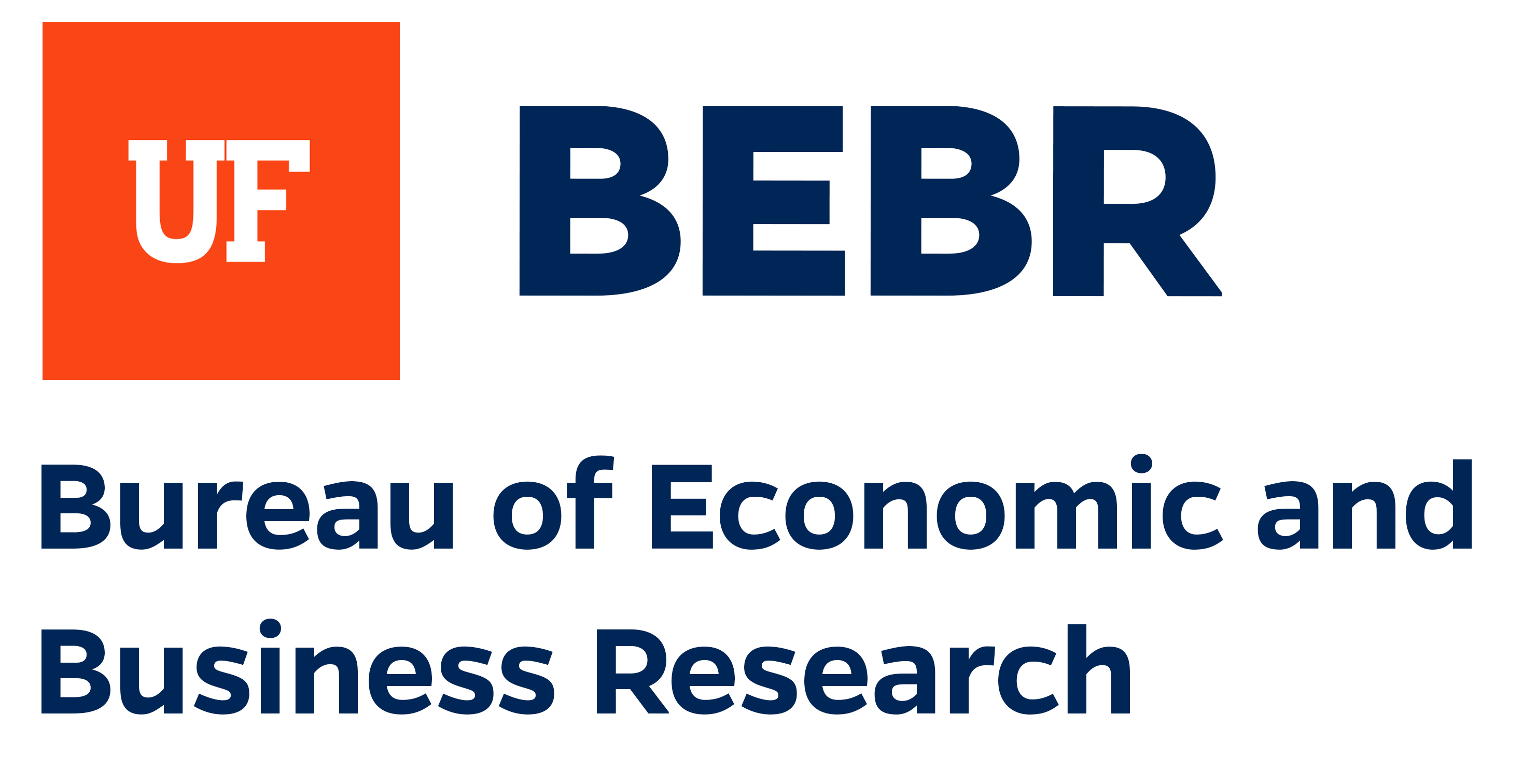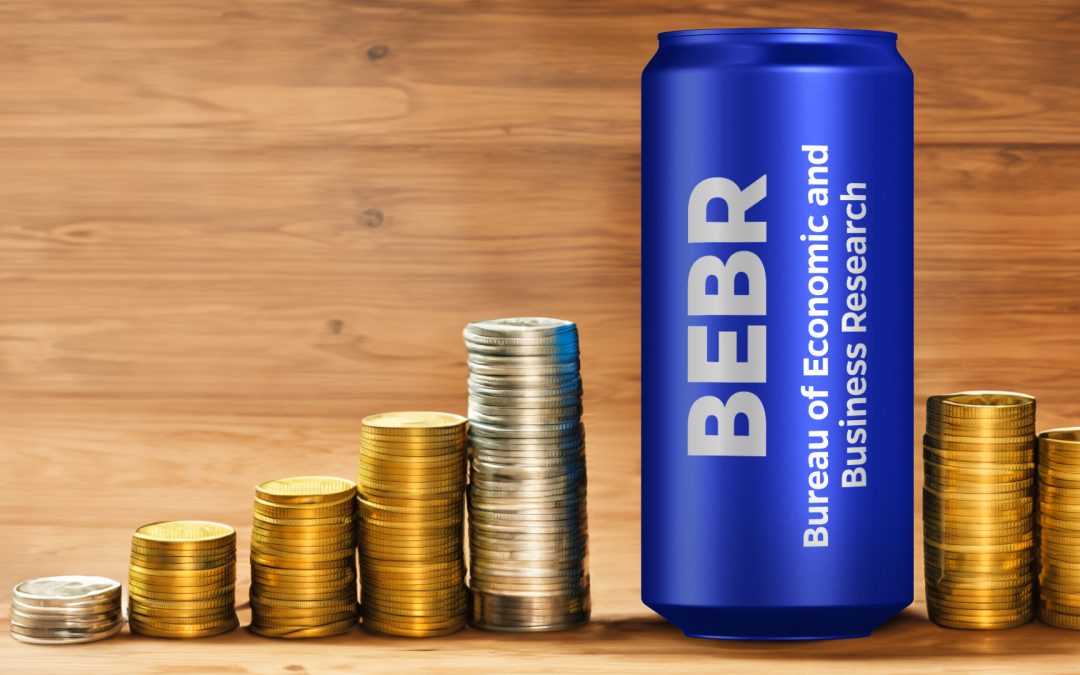Publication Type: Benefit-Cost, Economic Impact, Fiscal Impact, Program Evaluation, Industrial and Occupational Structure, Public Policy, Revenue Forecasting, Taxation
Pages: 20
Authors: Dewey, James F; Denslow, David; Chavez, Belen; Romero, Henrique; Holt, Lynne
Subject Index:
Research Report, Retirees, Senior citizens, Taxable sales, Taxes, Florida data
Download PDF

